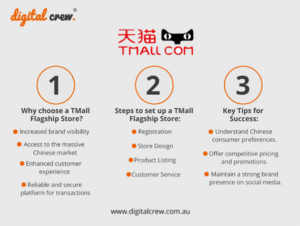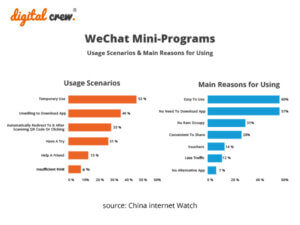Exporting to China offers growth potential for Australian wine brands, but the key to success is understanding the Chinese market and how to target your marketing to appeal to consumers.
Why consider exporting to China?
China is the fifth largest wine consumer in the world, according to the International Organisation of Vine and Wine. The Free Trade Agreement with China, signed in November, also opens up new opportunities for Australian wine producers to export their brands. The landmark deal will remove tariffs of up to 20% over four years, making China a more competitive, accessible and enticing export destination for Australian producers.
Well-known Australian brands are exporting to the Chinese market, including Penfolds, Jacob’s Creek, and McGuigan Wines. In fact, China has become Australia’s fastest growing export market for producers of premium wine over AU$7.50 per litre.
Gaining a foothold in China
Australia is China’s second preferred wine producing nation, behind France. There are a number of Australian brands competing in the marketplace, so marketing wine to China successfully means building your brand over the long term, and having a strategy and objectives in place. Here are some tips on how to successfully break into the Chinese market.
Understanding the market and appealing to consumers
Extensive studies by the University of South Australia provide valuable data on the Chinese wine consumer’s perceptions and preferences. Quality is key, so display a level of confidence in your packaging. If you’ve won awards or medals, convey that on your labels. If your wine is a reserve, let that be known. Grape variety is also important, followed by the country of origin – so let your label boast that the wine is from Australia.
Use social media
The Chinese are the most prolific social media users in the world with more than 300 million people blogging, tweeting, and chatting on-line. Engaging with consumers on social media platforms can generate awareness of your wine, promote its image, and help build market share.
Terminology
The words you choose to communicate with will make Australian wine more approachable, as well as help you to engage with Chinese consumers. Remember, a large percentage of potential customers are novices about wine, but are eager to learn and retain knowledge.
So which words?
China is reinventing our lexicon. The words we’ve used in the past to describe aromas and flavours have been universally understood, so we’ve thought. Cabernet Sauvignon comes to life when we use descriptors such as ‘ripe blackberries, firm tannins, and vanilla overtones’. To the Chinese however, this means nothing. There’s no connection. But the University of SA has identified these same flavours from native sources. Dried Chinese hawthorn tastes like blackberry jam, Chinese black tea leaves describe tannins to a T, and young coconut perfectly captures the flavour of vanilla. The words you use are critical to sharing knowledge, educating, connecting, and growing appreciation of Australian wine.
It can take some time to land accounts, and overcome language and cultural barriers, but China is an attractive market for wine producers committed to long-term brand building.
At Digital Crew, our China Online Marketing division has 10 years of experience in working in the Chinese market and effectively reaching consumers. Contact us for assistance with your move into China, from strategy through to content marketing and social media.











































































